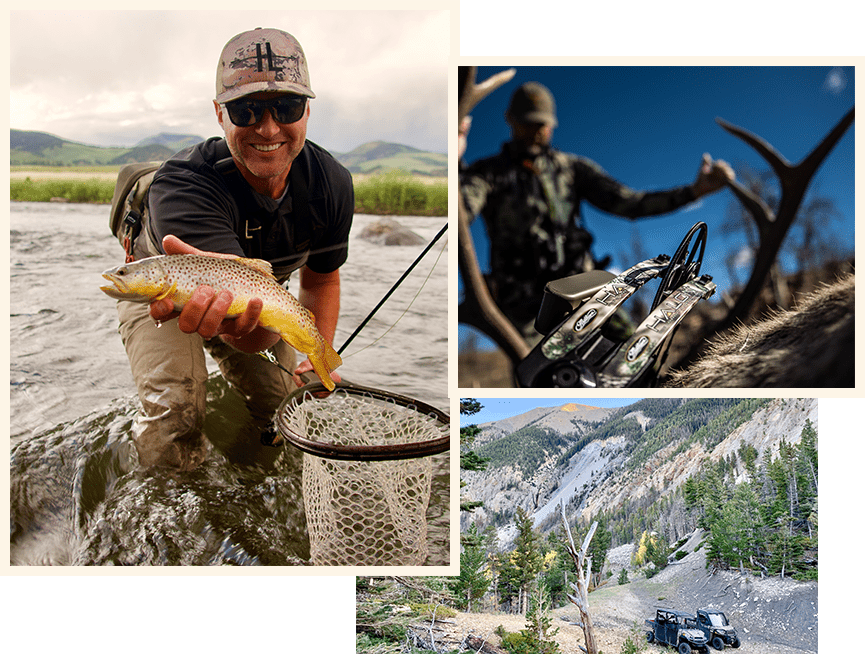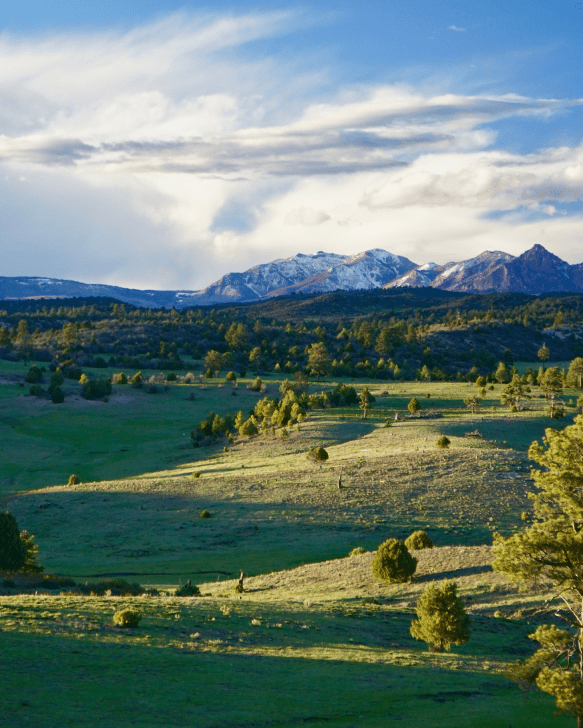A good cattle rancher is not just an expert at raising herds of cattle. They are also expert grass farmers. In fact, growing and maintaining fields of nutritional, high-yielding soil in grass is half of their job.
Understanding which grasses grow well in their climate and can withstand substantial grazing is vital to any cattle rancher because they know without quality forage, their cattle won’t receive the nutrients they need and therefore will yield a smaller profit. Not to mention, if they don’t plant and maintain a good amount of grass, they will end up spending money they don’t want to spend on feed to supplement the food their cattle aren’t getting from the fields.
Learning how to properly care for herds of cattle on a cattle ranch is important, but learning about the grass and soil within your ranch is crucial, because without a sustainable food source, your cattle won’t last very long.
Types of Grasses
The type of grass you choose to plant on your ranch will depend on your climate and planting season. Different grasses work better in different areas so it’s important to do your research to decide which grass is best for your ranch.
Grasses for Humidity
If the climate in your area tends to be hot and humid, Bahia grass is a perfect option for you. Bahia grass is particularly popular among cattle ranches in Florida because it can withstand humidity and a good amount of moisture that the area receives during the rainy season. Ranchers have found that the Argentine Bahia grass specifically can hold off against aggressive grazing patterns, and cattle are less likely to destroy the grass stand.
Warm and Cool Season Grasses
A common warm season grass found on cattle ranches across the country is Bermuda grass. This grass flourishes under warm, direct sunlight, and as long as there is proper drainage, it can withstand heavy amounts of moisture and humidity. Bermuda grass can also outlast extreme heat, salt, and drought conditions, making it a popular option for ranchers. It also has a high nutritional content for cows at 9-16 percent protein.
Along with grass, ranchers can also choose to seed other perennial, cool season grasses like Chicory, Rape, and Crimson Clover that can improve the quality of the soil, as well as provide extra forage for cows.
Soil Quality
It’s a good idea to regularly run tests on your soil and its quality because without good soil, you can’t hope to grow the type and amount of grass you need to feed your herds. Where you send your soil samples for testing depends on the location of your ranch, but universities tend to be a good option, specifically ones with agricultural programs. You can also work with your local livestock agent to decide which direction to go in terms of fertilizer and seeding based on the results of your soil tests.
Grass Farmer First, Cattle Rancher Second
Spending the time and money on the resources required to grow and maintain fields of grass may seem overwhelming and tedious, but it is vital to the success of your cattle ranch. Without good food, your livestock will suffer, and you will find yourself spending more time and money trying to fix problems down the road.


